Abstract
Platform regulation by the state is often described as being at odds with the First Amendment. By drawing a key comparison with broadcasters’ regulation, this article shows that some forms of platform regulation are compatible with the First Amendment.
Scarcity of airwaves has usually been interpreted as the main rationale used by the Supreme Court to justify the constitutionality of broadcasting regulation. The false paradigm of broadcasting scarcity, which was dominant at the time the internet was born, has had a tremendous impact on how we regulate—or refuse to regulate— platforms. If scarcity was the only acceptable rationale for regulating broadcasting, it was easy to argue that the internet should not be regulated, given the unlimited “space” that it provided to its users. The scarcity argument helped legitimize the idea that the regulation of broadcasting was “exceptional” and, in contrast, the narrative that any type of platform regulation would be unconstitutional because internet was not scarce.
This article shows that the Supreme Court’s argument to uphold broadcasting regulation, and the FCC’s Fairness Doctrine—a policy that required the holders of broadcast licenses to present controversial issues of public importance in a manner that reflected differing viewpoints—was not relying only on scarcity. It argues that the legal entitlements granted to the licensees is the reason why it was possible to impose on them some public service obligations, such as the Fairness Doctrine. The compatibility of the regulation with the First Amendment was also made possible by the distinction between public discourse, that should not be regulated, and a managerial domain, where the state can impose aims upon persons to achieve its legitimate objectives.
Similarly, platforms are granted some legal entitlements through quasi-property, Intellectual Property, and Section 230 of the Digital Services Act (DSA). Thus, the history of broadcast regulation suggests that it is in fact compatible with the First Amendment to impose some public service obligations on platforms. These public service obligations could be imposed in return for the protection of Section 230, within the boundaries of a managerial domain supervised by a federal agency.
Link to Full Article:
The Myth of Scarcity in the Broadcasting Sector – And What It Means for Platform Regulation
